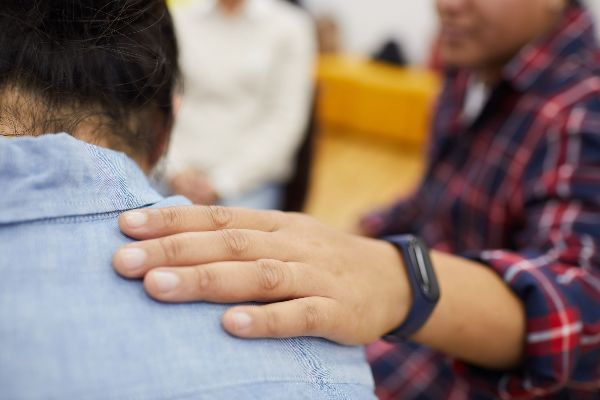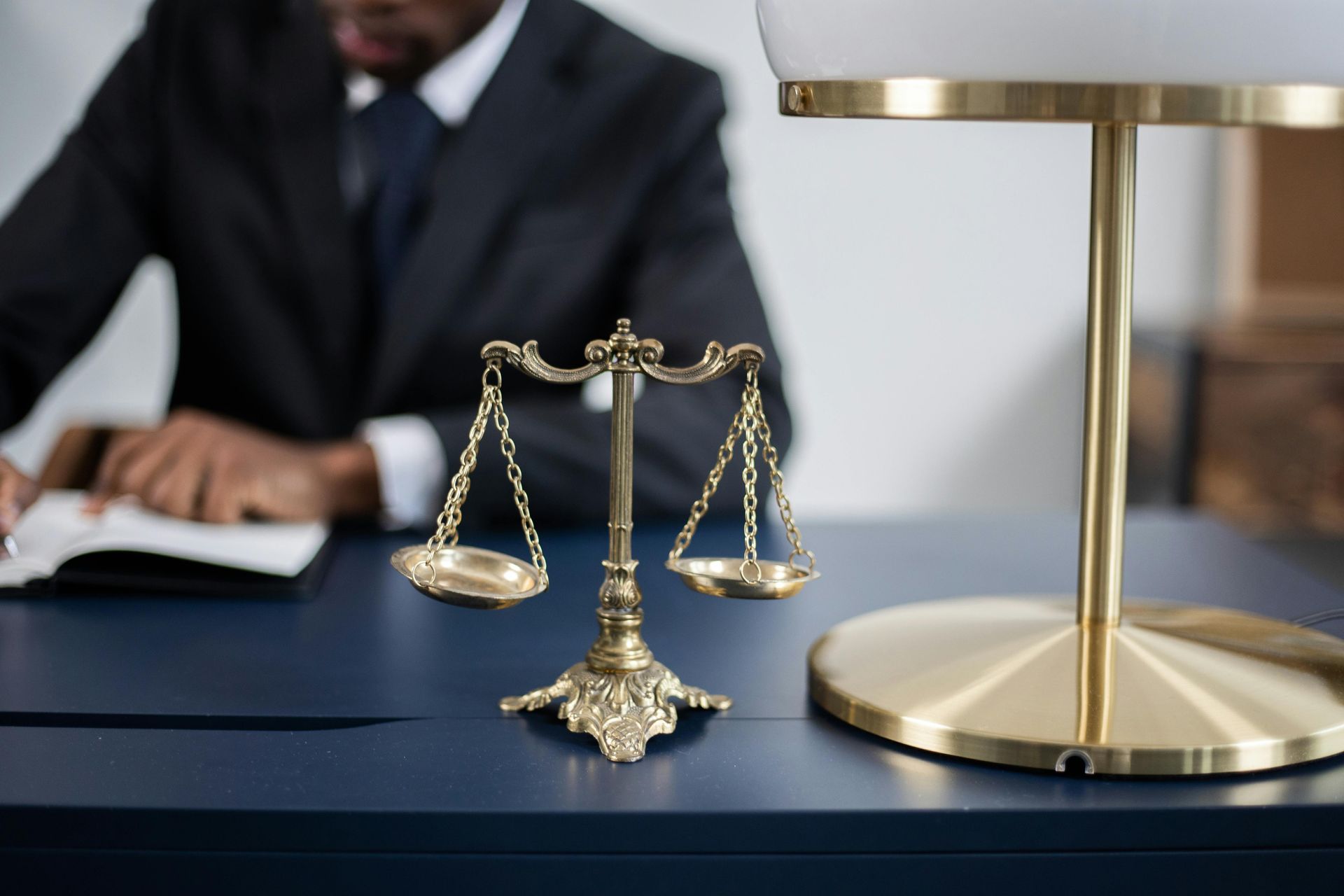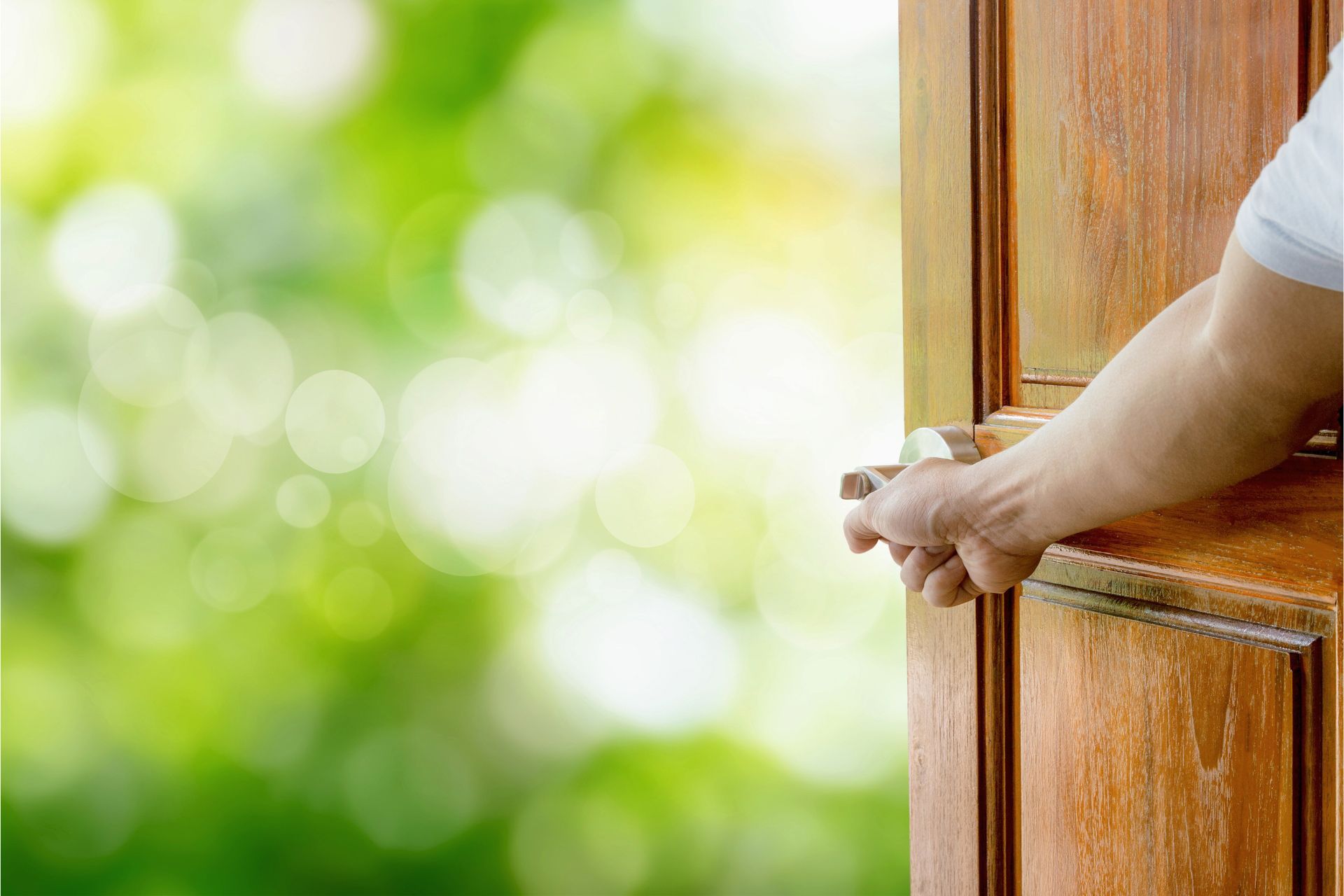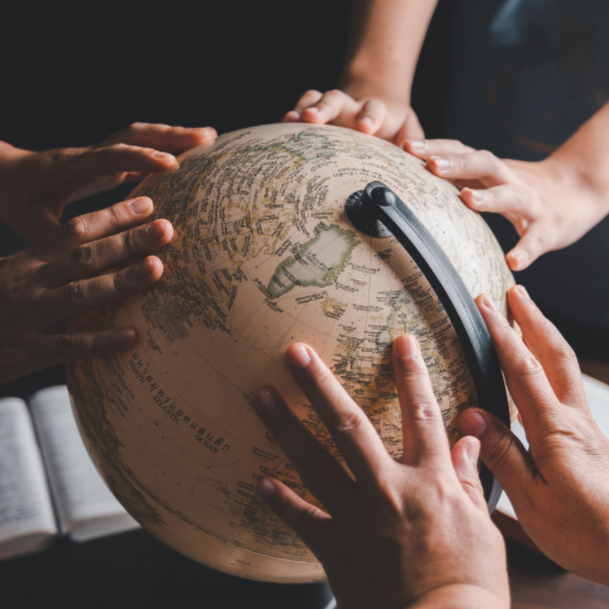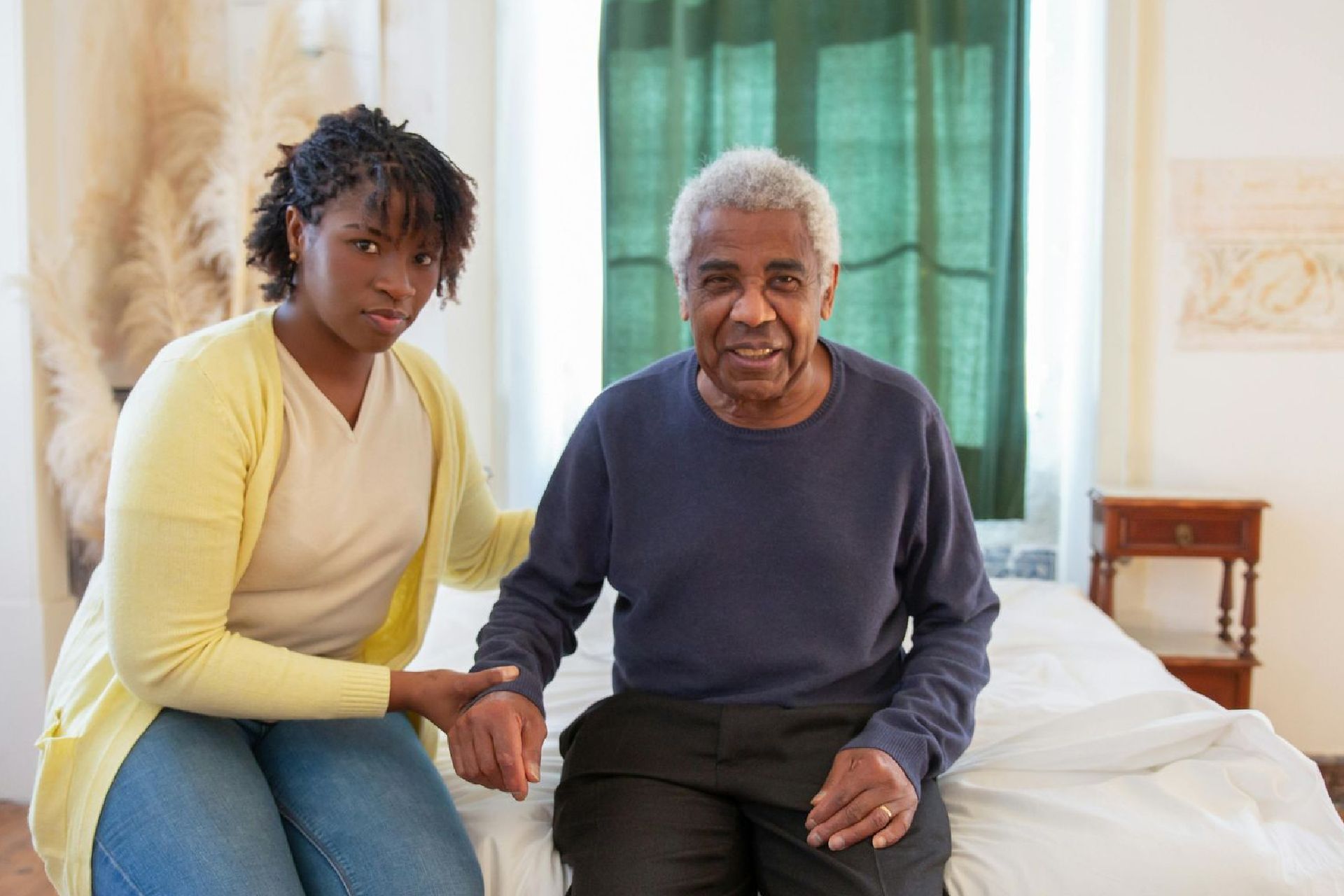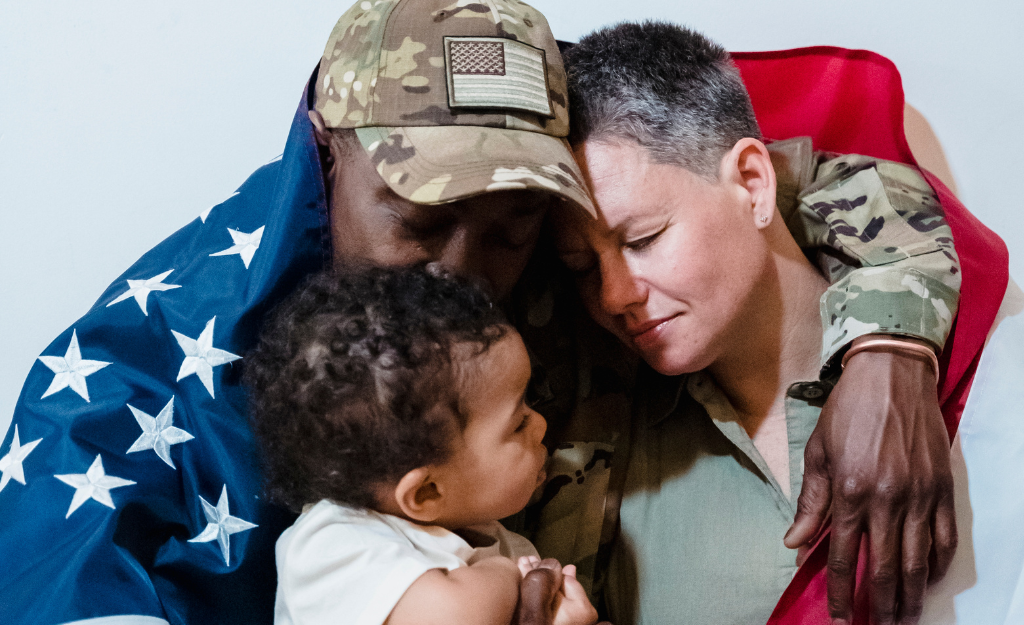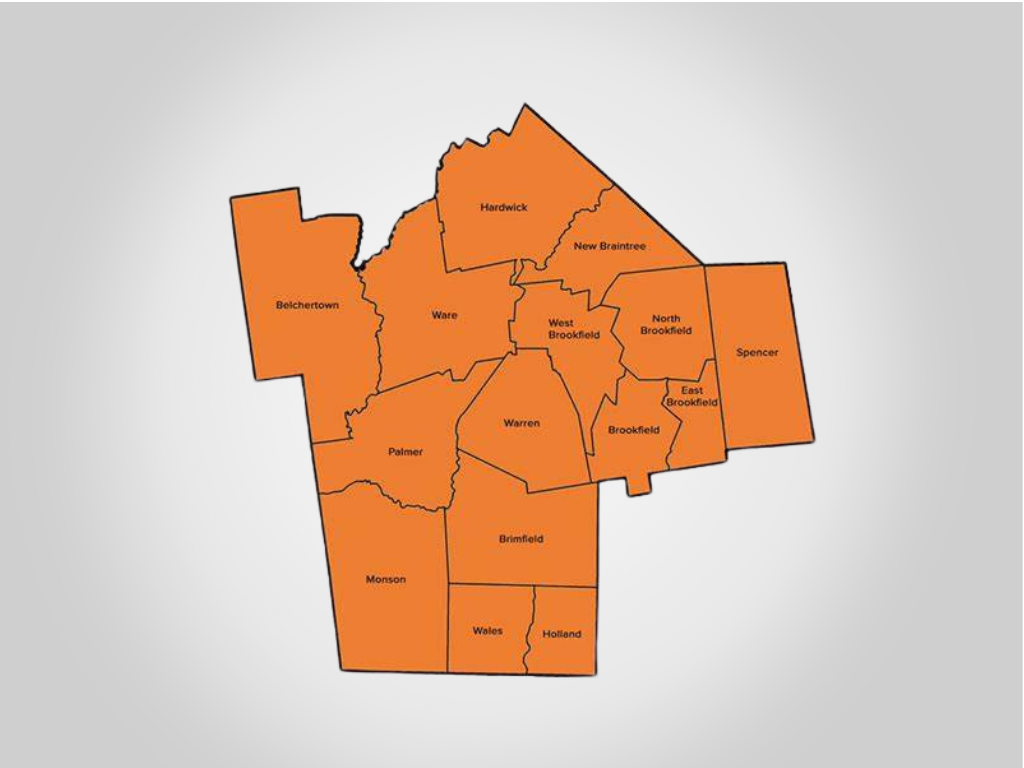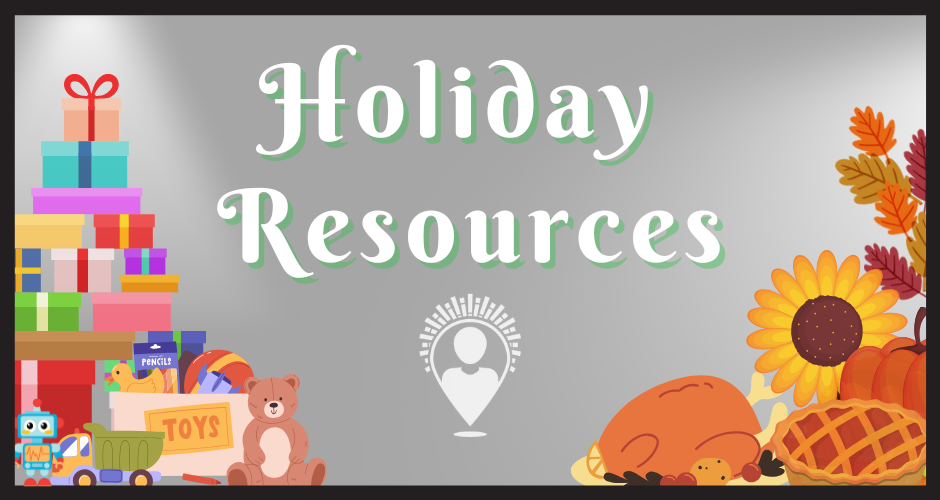Opioid Use Disorder Information
The information below was shared by the HEALing Communities Study in Springfield that ended December 2023. The HEALing Communities Study is a national study by the National Institutes of Health with the goal of reducing opioid overdose deaths by 40% in participating communities. The Massachusetts sites were led by a team at Boston Medical Center (BMC). Learn more.
Stigma
Stand up to stigma.
Stigma is the disapproval of, or discrimination against, a person based on a negative stereotype. Stigma often affects how people with opioid use disorder are treated, making it difficult for them to find jobs, places to live, and medical care. Even if unintentional, the hurtful words and actions of others can keep people who are struggling with addiction from getting help and staying in treatment for as long as they need it.
Treatment and Recovery
There are
multiple pathways to addiction recovery. Each person has a personal path to recovery from opioid use disorder, and treatment with medication is a medical standard of care. It can help people begin their recovery, regain their lives and place in the community, and improve relationships with family and friends.
Medication for Opioid Use Disorder
Medications for opioid use disorder save lives.
Each person has a personal path to recovery from opioid use disorder, and treatment with medication is a medical standard of care. It can help people begin their recovery, regain their lives and place in the community, and improve relationships with family and friends.
Naloxone (Narcan)
Safe Drug Disposal
Find a kiosk, dropbox, or one-day event near you to dispose of prescription drugs that are expired or no longer needed.
It is not safe to share unused medications with others, and it is important remove all leftover prescription pain medication from your home. Medication take-back drop boxes and events are the best way to safely dispose of prescription and over-the-counter medicines that have passed their expiration date or are no longer needed.
All medicines dropped off at the drug disposal sites will be destroyed and discarded. Before disposing of medications, remove all personal information on the label of pill bottles or medicine packaging. To safely dispose of medicine at home, mix with coffee grounds or other unpalatable substances before disposing in the trash or check the
FDA list for opioids that can be flushed down the toilet. You can also ask your local pharmacist for advice on how best to dispose of a specific medicine.




